For Education Leaders
Get proven strategies and expert analysis from the host of the Learning Can't Wait podcast, delivered straight to your inbox.
Virtual Staffing
Fill Teacher Vacancies in Days
- State-certified experts averaging 15+ years experience
- Fully aligned to your curriculum & standards
- Scalable, cost-effective hybrid solutions
Long-Term Substitute Teachers: Role & Importance in Schools

Picture this: A veteran math teacher will take a 12-week medical leave next month. Your school's science teacher has been approved for paternity leave for the semester. How does learning continue without interruption? Who ensures students stay on track with curriculum goals while their regular teacher is away?
Enter the Long Term Substitute Teacher (LTS), an essential yet underappreciated role in our education system. An LTS takes on the full spectrum of teaching responsibilities for an extended period, becoming the classroom teacher during a permanent teacher's absence, unlike day-to-day substitutes who cover classrooms.
This article explores long-term substitute teachers, their responsibilities, qualifications, benefits, challenges, and importance to schools. Whether you're a school administrator or an educator considering this role, you'll gain insights into this important K-12 education position.
Long Term Substitute vs. Day-to-Day Substitute
Before diving deeper, it's important to understand how long-term substitutes differ from their daily counterparts:
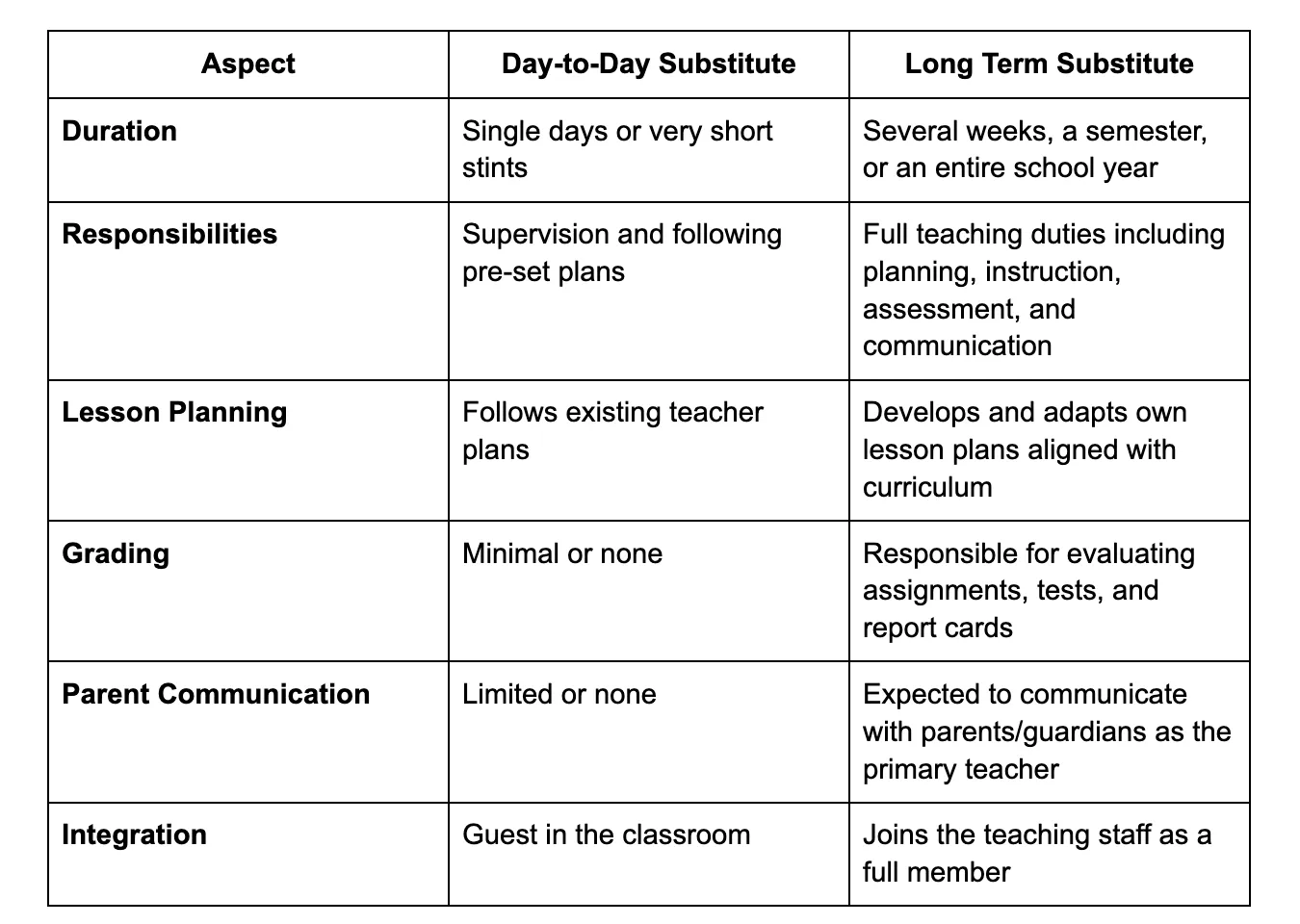
A day-to-day substitute is a classroom visitor with limited responsibilities, while the extended one takes on the permanent teacher's role, shouldering all the duties and expectations. It becomes the students' primary educator for an extended period.
Core Responsibilities of a Long Term Substitute Teacher
Long-term substitute teachers perform almost all the duties of a permanent classroom teacher. Their responsibilities typically include:
- Instructional Delivery: Delivering engaging and effective lessons based on curriculum standards and subject matter guidelines.
- Lesson Planning & Preparation: Creating, adapting, and preparing daily and weekly lesson plans that align with district curricula and learning objectives.
- Classroom Management: Maintaining a positive, productive, and safe learning environment; establishing and enforcing classroom rules and procedures.
- Assessment & Grading: Developing, administering, and grading assignments, quizzes, and tests; calculating and recording grades for report cards or progress reports.
- Curriculum Adherence: Following the school/district curriculum and pacing guides to ensure students learn necessary content.
- Student Support: Providing academic support, addressing student questions, and tailoring instruction to meet diverse learning needs.
- Parent & Staff Communication: Attending faculty meetings, participating in parent-teacher conferences, and communicating regularly with parents/guardians and colleagues.
- Record Keeping: Maintaining accurate student records including attendance, behavior incidents, and academic progress.
- IEP/504 Plan Implementation: Understanding and implementing accommodations or modifications outlined in Individualized Education Programs (IEPs) or 504 plans for students with specific learning needs.
- Maintaining Classroom Continuity: Ensuring a smooth transition to and from the permanent teacher, preserving instructional flow.
These responsibilities highlight why schools seek qualified individuals to maintain educational quality and progress during a teacher's absence.
Qualifications and Requirements
Long-term substitute teacher qualifications often exceed those for day-to-day substitutes, varying by state and district. Schools seek candidates who can effectively step into the role with minimal disruption to student learning.
Common substitute teacher qualifications include:
- Bachelor's Degree: Most districts require a bachelor's degree, often preferring one in education or the specific subject area.
- Teaching Certification/License: Many districts require a teaching credential for long-term positions. This is a standard license, a specific substitute license, or an emergency credential, depending on state regulations and assignment duration.
- Background Checks: All schools require thorough background checks, including fingerprinting and criminal history verification.
- Subject Matter Expertise: For middle and high school positions, familiarity with the subject content is crucial. A math major is preferred for a long-term math position.
- Experience: Previous teaching or substitute experience is preferred, though not necessary.
Districts know that securing a highly qualified long-term substitute impacts educational quality. The closer the substitute's qualifications match a permanent teacher, the more likely students will advance in their learning.
Benefits of Long Term Substitute Teaching
A long-term substitute position offers several benefits over day-to-day substituting for educators:
- Greater Stability & Consistency: Long-term positions provide reliable scheduling, location, and income for the assignment’s duration, unlike unpredictable daily assignments.
- Deeper Impact: LTS teachers build meaningful relationships with students and witness their academic and personal growth over time, enhancing the teaching experience.
- Valuable Experience: The role provides comprehensive teaching experience akin to a permanent position, which is beneficial for future applications and professional development.
- Networking: Extended periods in one school allow for relationship building with administrators, faculty, and staff who can serve as references or connections to future opportunities.
- Potential Pathway: Long-term substituting often leads to permanent positions, as administrators see the substitute's effectiveness firsthand.
- Fuller Immersion: The experience allows educators to engage in all aspects of teaching, from curriculum planning to assessment, providing professional growth.
The benefits of long-term substituting make the position attractive to new teachers building experience and established educators seeking flexibility.
Challenges Faced by Long-Term Substitute Teachers
Long-term substitute positions come with unique challenges while being rewarding:
- Mid-Year Integration: Joining an established classroom community mid-year requires adaptability and strong relationship-building skills.
- Classroom Dynamics: Inheriting pre-existing classroom management issues or student relationship patterns can be challenging to navigate.
- Limited Preparation Time: LTS teachers may have little notice before starting, requiring quick familiarization with curriculum, procedures, and student needs.
- Understanding Expectations: Learning school policies, procedures, and curriculum expectations can be challenging initially.
- Handover Complexity: Ensuring smooth information transitions before starting and upon the permanent teacher's return requires careful coordination.
- Resource Access: Long-term substitutes struggle to access the same level of resources, training, or support as permanent staff.
Long-term substitute teaching challenges require resilience, flexibility, and effective communication skills to overcome.
How Schools Hire Long-Term Substitutes
For school administrators, effectively filling long-term vacancies is crucial for maintaining educational quality. Several approaches are used for hiring substitute teachers for extended positions:
Internal pools are often the first resource, as schools have a list of reliable substitutes familiar with the school culture. These individuals have proven track records and established relationships, making them suitable candidates for longer assignments.
District substitute lists provide another source of pre-vetted candidates. Many districts maintain centralized databases of qualified substitutes categorized by certification areas, grade level preferences, and availability.
When internal options are exhausted, schools often turn to job postings on district websites, education job boards, and social media. These searches attract qualified candidates from outside the existing substitute pool.
Another option, particularly for hard-to-fill positions or limited recruitment time, is staffing agencies specializing in educational placements.
The hiring challenge is significant for specialized subjects (STEM, Special Education, Foreign Languages) or in areas with scarce qualified candidates. These challenges have led schools to seek innovative teacher staffing solutions.
For schools struggling to secure qualified, certified teachers for long-term absences, especially in hard-to-fill subjects or specialized areas like SWD services, partnering with a virtual education provider can be a useful solution.
Companies like Fullmind offer access to live, certified virtual educators for all K-12 subjects and learner needs. They provide flexible staffing solutions tailored to school requirements, ensuring instructional continuity with qualified professionals during extended teacher absences. This approach maintains consistency in instruction and support for students with disabilities without geographic limitations.
The Importance of Effective Long-Term Substitutes
In today's educational landscape, the value of skilled long-term substitute teachers is essential:
Effective LTS teachers minimize disruption to student learning, maintaining momentum toward academic goals despite the permanent teacher’s absence. They provide stability and routine for students during a potentially chaotic period, offering consistency in expectations and instructional methods.
Quality long-term substitutes support the returning teacher by maintaining classroom order, continuing academic progress, and providing thorough documentation. They reduce pressure on existing staff who need to cover gaps.
Skilled long-term substitutes ensure uninterrupted curriculum coverage, keeping students on track to meet grade-level standards and learning objectives.
Conclusion
What is a long-term substitute teacher? They're educators who take on full teaching responsibilities for extended periods, ensuring learning continues during a permanent teacher's absence. They provide stability in the educational experience with duties from lesson planning and instruction to assessment and parent communication.
For school administrators, securing qualified long-term substitute teachers is essential for effective management and student success. As education evolves, exploring various staffing strategies offers schools the flexibility needed to maintain instructional quality despite challenges, from traditional hiring to innovative virtual solutions.
For Education Leaders
Get proven strategies and expert analysis from the host of the Learning Can't Wait podcast, delivered straight to your inbox.
Let’s Work Together
We’ll review your application and get in touch!

.webp)



.webp)
.webp)


.webp)
.webp)
.webp)




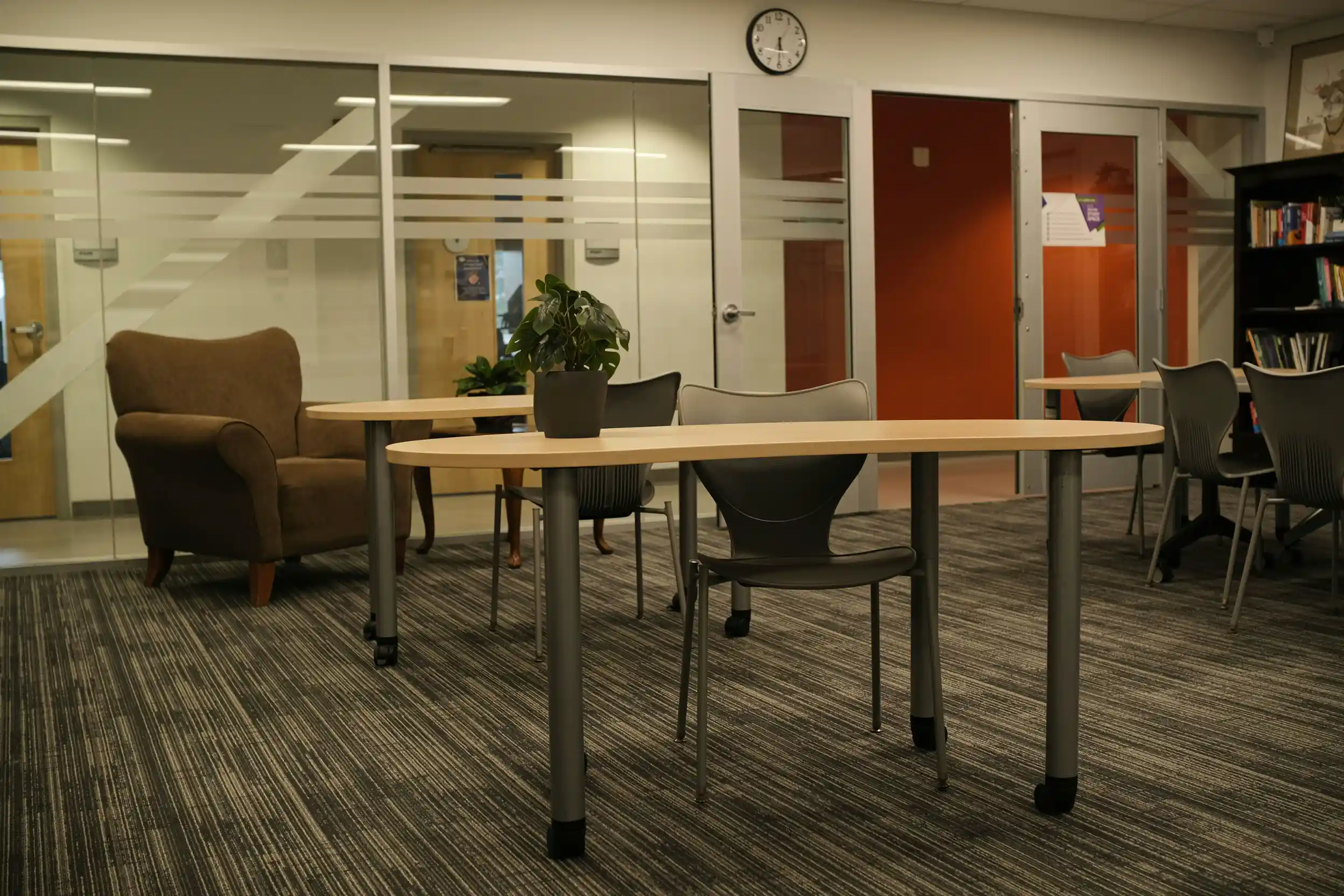
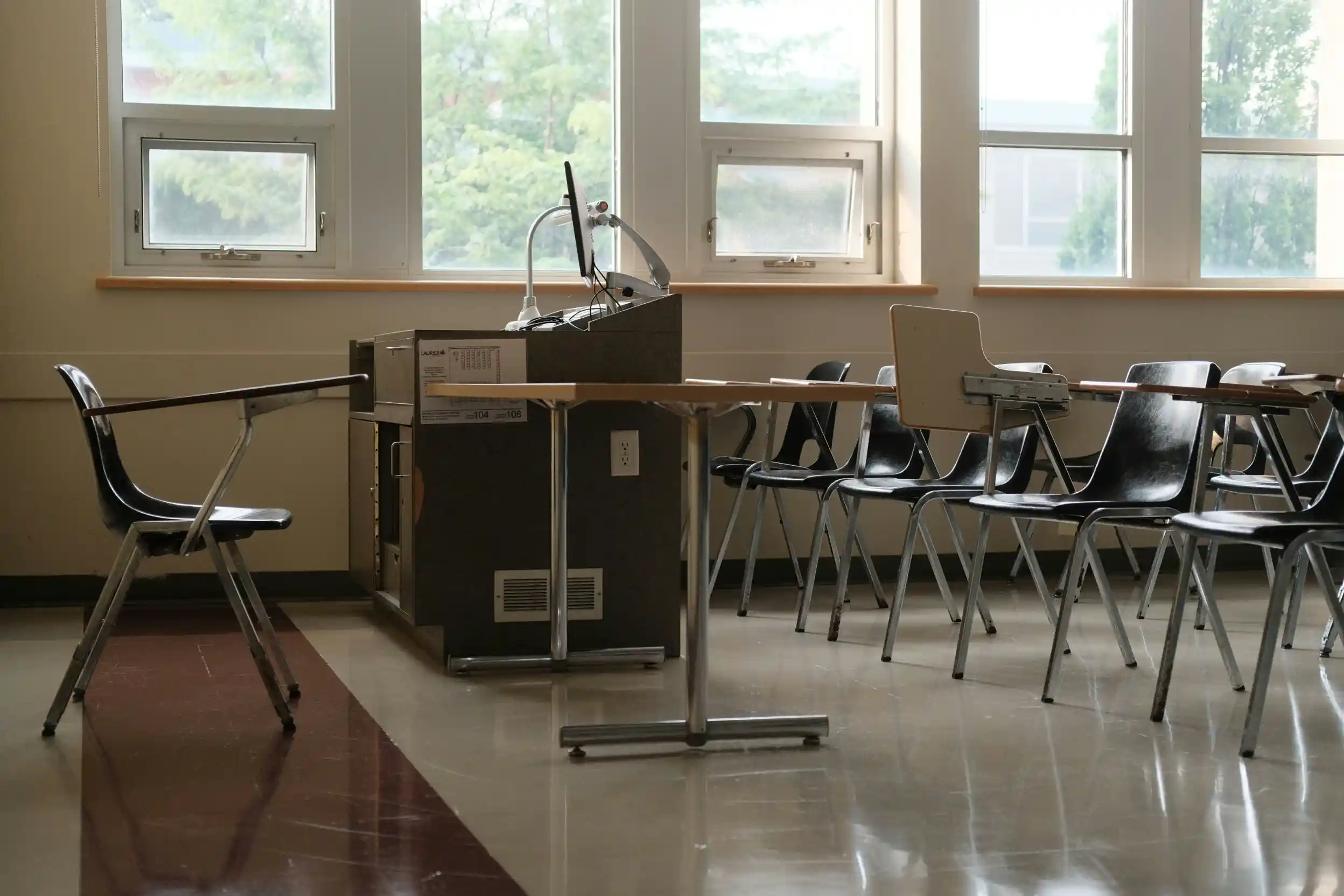

























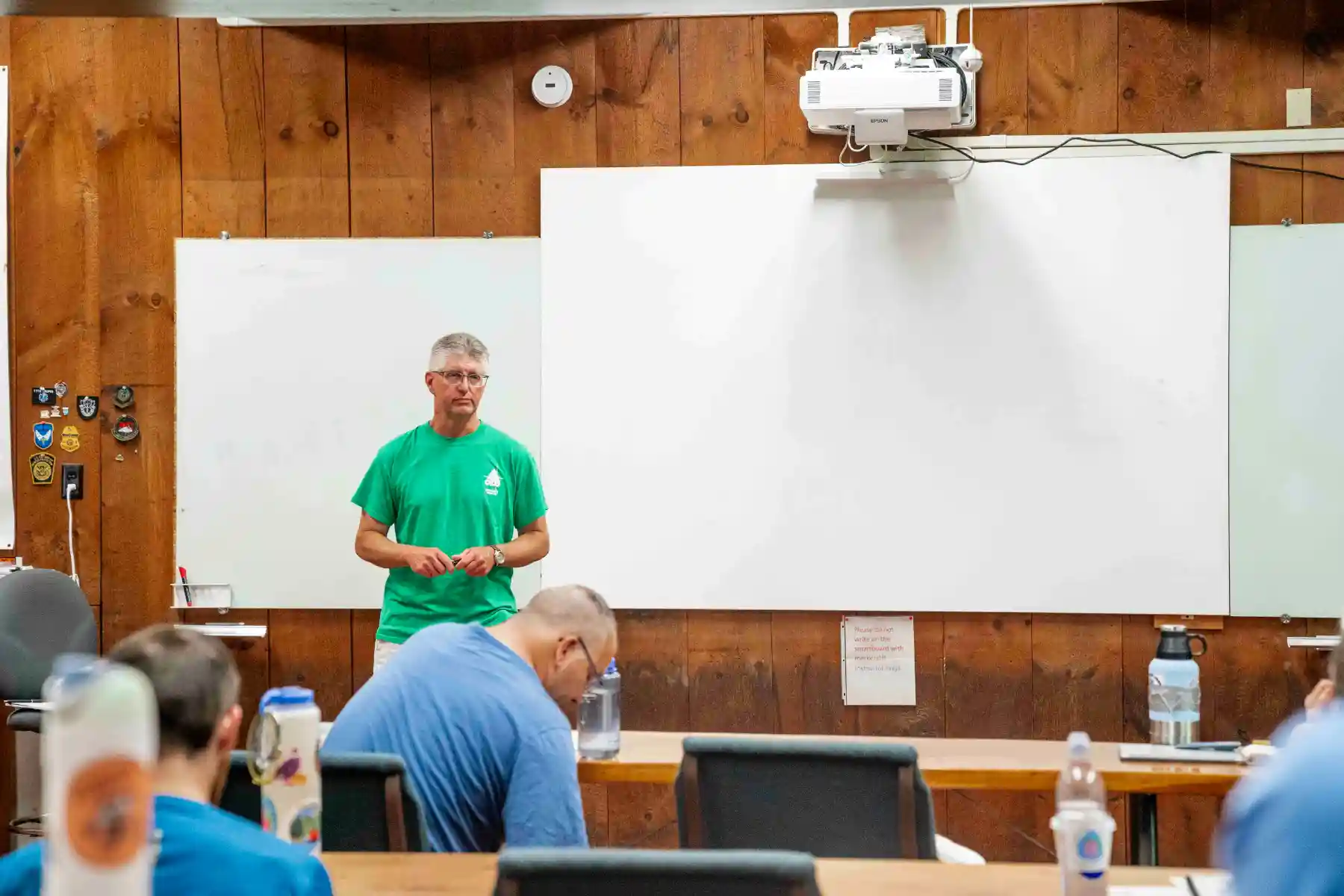




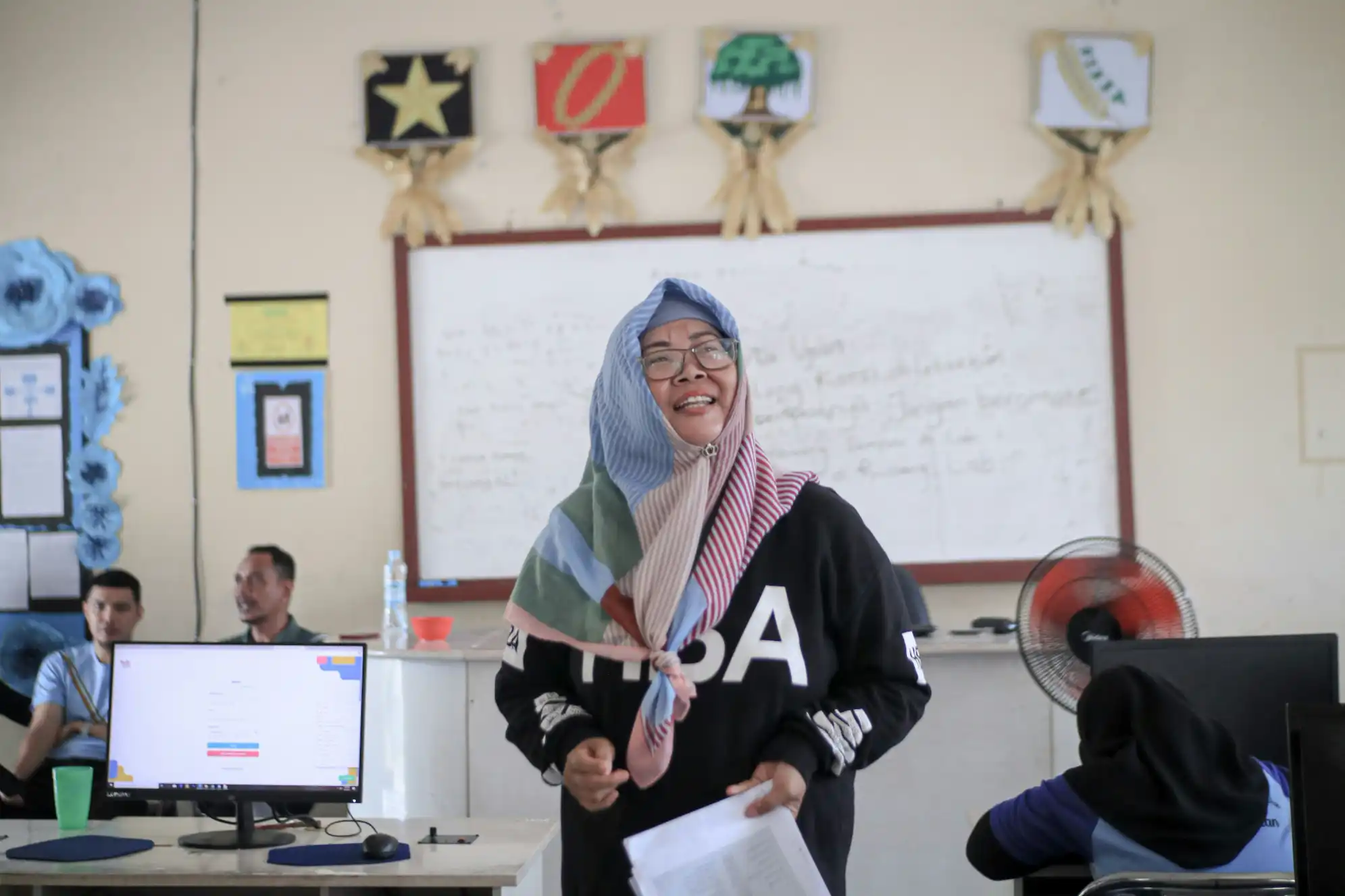






.webp)



%20.webp)













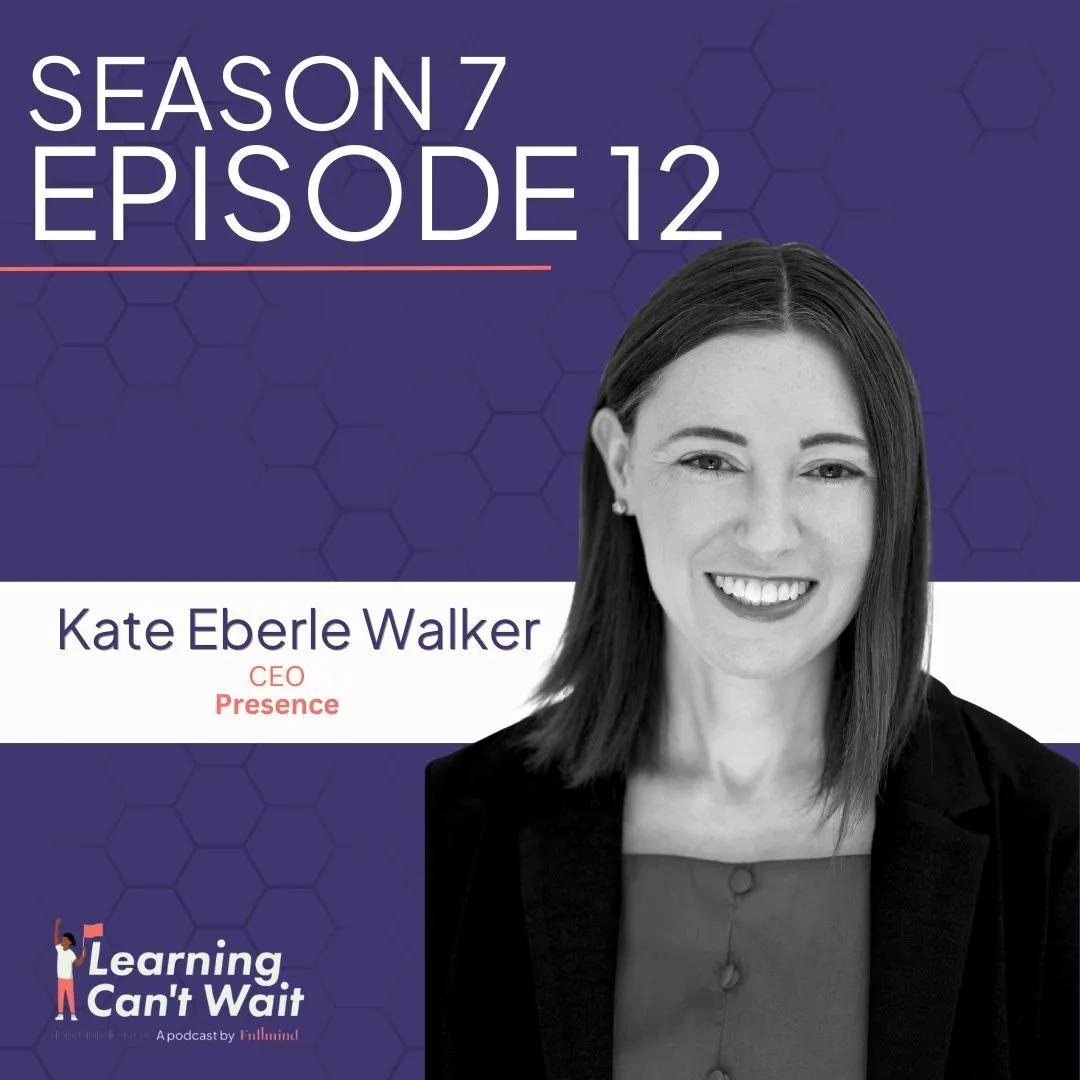










.webp)

.webp)


.webp)


.webp)




